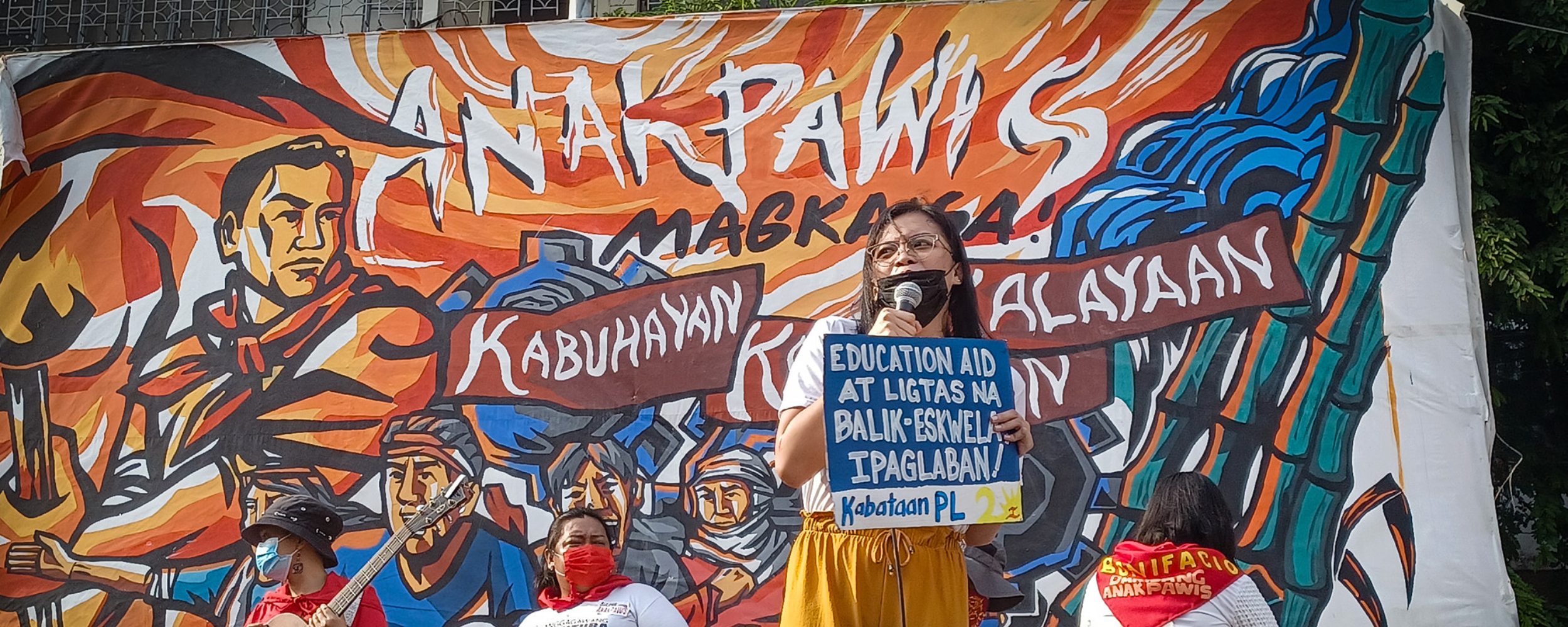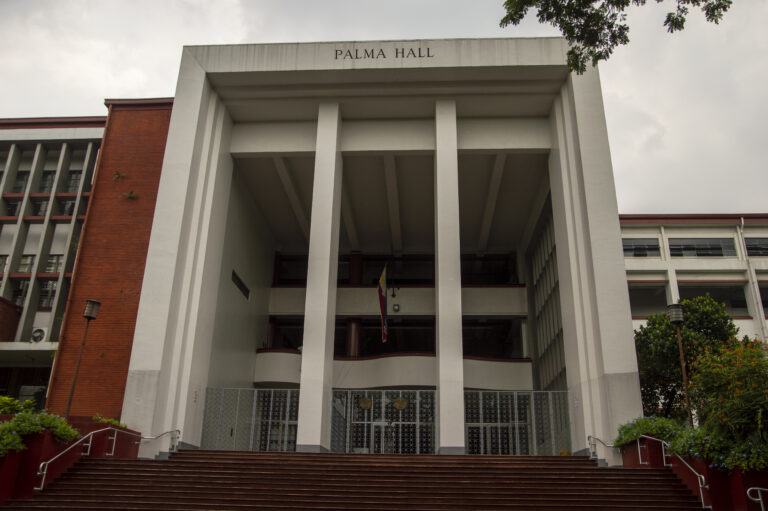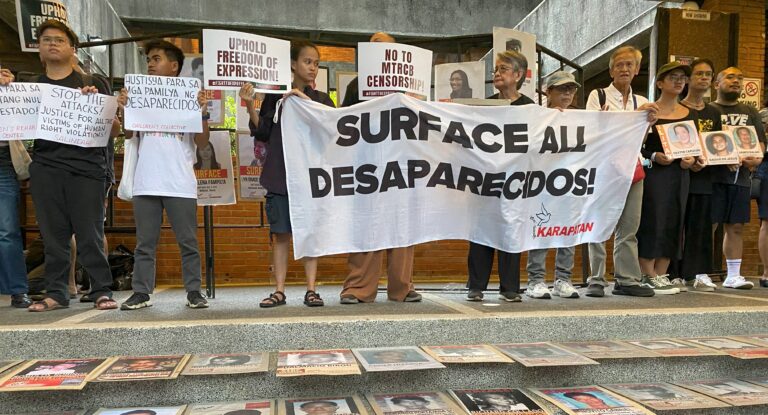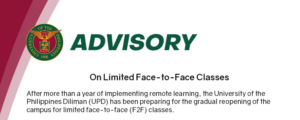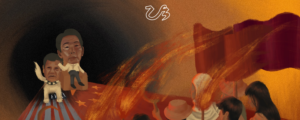
You were relieved when classes were suspended for two weeks. It was a break from all the stress you were facing back then. You shared a laugh with your classmates, unknowing and unaware that it was going to be the last time in the classroom and campus. You got home, watched a show, scrolled through your timeline. You watched the cases progressively rise as each day passed. And suddenly, we were put on lockdown. None of us could have anticipated that. But you got your hopes up, that in the next semester or the next academic year, you’ll see your classmates, coursemates, batchmates, again.
Yet here we are, more than a year later. It is 2:00 AM. You close your tabs, set your alarm for the next day. You get in bed, close your eyes, and open them again to sunrise. The day hasn’t started, yet you already feel tired. It’s another day of yesterday and the day before that. A cycle of never-ending workload, of having to share the same workspace with your other siblings; on top of it, your old device, your slow internet and the constant worry that you’ll get cut off and disconnected from your class, unable to catch up, unable to redeem yourself in presentations. Another day of staring at your laptop screen, with a bent back and blurring eyes.
Each day you linger in the memory of when you would joke around in the hallways with your friends. When you wake up stressed for a test, and when you get to the campus your best friend tells you that they didn’t study too. Of the short but sweet lunch breaks in the cafeteria. Of the times you were tardy for your class. You linger in the memory of the bliss of what now feels like a decade ago.
You open Facebook, Instagram, or Twitter and you come across posts of other countries opening classes. You get accustomed to seeing your old batchmates thrive in their new schools and universities abroad. You shut your phone, devastated that your country couldn’t do the same and let itself lag behind.
And slowly, just slowly, you spiral and hit rock bottom. It gets too much, too suffocating. Everyday is the same; a replication. You no longer feel the need to exert effort in your academics, in your extracurriculars. Burnt out.
You read the news about cases in decline recently. You hear about a pilot implementation on limited face-to-face classes and get your hopes up. Excited, even. You’ll get to see everyone again. But you still need to fly back into the city, away from home. There comes the lingering thought of the hassle of preparations you have to make, of the jitters you feel of finally seeing the friends you have made through Discord and Messenger.
Your wish, our wish for safe resumption of classes is on its way to be granted. But is our country prepared for it?
—
All of us students and teachers were forced to adapt to the ‘new normal’, ‘flexible learning’ — online classes. To CHED, it must have seemed so easy: have the teachers present powerpoints and teach from there via video call and post activities afterwards. Have synchronous classes, and then asynchronous activities. Create outputs to present in class. Take tests with two devices to avoid cheating.
But it was easy for them to implement that; they weren’t the students nor the teachers — two groups greatly affected by the education system. Not all students and teachers are tech-savvy, nor do all have stable internet connection and properly working gadgets to conduct and attend classes. Not everyone’s learning and teaching styles could instantly adapt to or be transmitted through online means.
Calls for an academic freeze were rejected — it would have a “massive impact” on the lives of students “economically”. And maybe not all could have afforded to stop attending classes, but flexible learning was rushed, without giving students and teachers ample time and resources to prepare. Maybe it would have been fine if everyone had equal access to what we needed, but it was anti-poor. It was only completely beneficial to those who could afford stable internet connection and devices. There was no way we could have accomplished having no student left behind with the disparity between our accessibilities and opportunities.
Yet it wasn’t just in financial and economic terms did remote learning prove to be inefficient, ineffective, and whatnot. Everyone’s social interactions have been limited — for some, this was one of their only ways to cope with their struggle, a way to escape from what could be going on at home. The physical connection was gone, replaced with digital ones. No harm in that, but many are shy, nervous, and become even more so when they happen to disconnect.
And just bit by bit, it all gets too much for one student. For all students. The feeling of stress with the amount of workload gets too heavy for one to handle. And maybe, feeling this stress would’ve been fine, if they weren’t confined to their homes and had physical interactions with friends in school or university to take their mind off of it.
It all gets too much for one teacher. For all teachers. They feel all sorts of fears: the fear that they won’t effectively deliver their lessons because to teach through a screen is not something that they are used to; the fear that they’ll be too slow and that their students will judge them.
Not to mention the pressure to perform well, even if our family or ourselves have been infected by the virus.
And maybe after one academic year and into the second one now, most of us have found our footing, but its impacts remain the same, lagging behind our shadows.
Our government’s failure to properly respond to this health crisis has put us in this hell called remote learning.The self-serving corrupt politicians placed their priorities to serve their interest. The calls and needs of the students and teachers are thrown to the sidelines for multiple months. They are kept in the limelight for their misplaced priorities and wrongdoings, as if the Filipino people were a joke.
It is a step forward for our country to implement limited in-person classes. But are we truly ready for that?
Are our educational institutions funded enough, equipped enough, to have hundreds of students come back to face-to-face classes? Universities and organizations are creating roadmaps because education is our right, yet quality education is something we have been denied for almost two years.
Organizations such as National Union of Students of the Philippines (NUSP) are calling for the following:
- Local government units (LGUs), schools, and universities must coordinate with each other
- Budgets must be reallocated to fund the education sector for safe reopening of schools
- Efficient vaccination rollouts, mass testing, contact tracing
- Distribution of PPEs
- Improvement of safety or sanitation facilities (e.g. restrooms, clinics)
- Well-ventilated classrooms
- More degree programs and extra-curriculars allowed during resumption.
- Increase in salary, provide subsidies, and student aid
- Participation, counseling support, and for schools and universities to be a safe space without the interference of the police nor the military.
All students want face-to-face classes to return, but more measures and extra steps need to be made, as the majority of the student body are minors. Teachers and students alike cannot afford to be infected with the virus despite the decline in the number of COVID-19 cases.
It is always easier said than done, and for so long the government has spit out nothing but empty promises. The national government, LGUs, and schools must create and provide clear and concrete roadmaps and its clear implementation.
As the future of our country, we can no longer afford to remain in this kind of set-up that sacrifices the quality of our education, a set-up that has caused students mental distress because of factors outside of their control. For two academic years, we have struggled with this. Enough is enough.
Palpak ang tugon noon; hindi na dapat payagan maging palpak ngayon.
Just recently, the UP Diliman University Student Council along with Rise for Education-UP Diliman and the UP administration released updates regarding limited F2F classes on their respective Facebook pages. A student sensing form by the UPD USC for #LigtasNaBalikEskwela was released a few weeks ago. This will be used to assess the student readiness before the Office of the Vice Chancellor releases its F2F guidelines, ensuring that its policies will be pro-student, pro-faculty, and pro-UP community. The form may be accessible through: http://bit.ly/LBESensing
#LigtasNaBalikEskwela
#NoStudentLeftBehind
Featured image by CEGP

